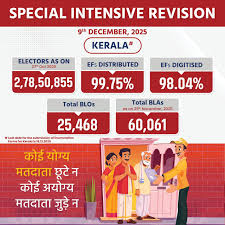Understanding PACs: Political Action Committees Explained
Introduction: The Importance of PACs
Political Action Committees, or PACs, play a crucial role in the landscape of American politics. These organisations influence elections and legislative outcomes by pooling contributions from members to support candidates, legislation, or political causes. As the United States approaches the 2024 election cycle, understanding the mechanics and impact of PACs becomes increasingly vital for both voters and candidate campaigns.
The Role of PACs in Elections
PACs emerged in the 1940s as a response to the need for collective action among similar-interest groups. They allow individuals to contribute to campaigns while adhering to legal contribution limits. PACs typically represent corporations, labour unions, or ideological interests. In 2022 alone, PACs raised nearly $1.7 billion in contributions, significantly affecting election outcomes at both state and federal levels.
During the last election cycle, the influence of PACs was especially pronounced in hotly contested races, where they provided critical financial support that allowed candidates to expand their outreach, advertise heavily, and mobilise voters. According to the Centre for Responsive Politics, more than half of all congressional candidates received funding from at least one PAC.
Recent Developments and Trends
Recent changes in campaign finance laws have further transformed the PAC landscape. The 2010 Supreme Court ruling in Citizens United v. FEC allowed corporations and unions to spend unlimited amounts on elections through independent expenditure-only committees, often referred to as Super PACs. This decision led to a surge in funding and influenced a wide range of candidates and issues.
As the 2024 elections approach, many organisations are adjusting their fundraising strategies and candidate endorsements based on the evolving political climate. Recent polls indicate that issues such as climate change, healthcare, and economic recovery are among the top concerns for voters, driving PACs to focus their efforts on candidates who prioritise these topics. This trend not only demonstrates the shifting landscape of American political priorities but also highlights the importance of grassroots support in conjunction with PAC funding.
Conclusion: The Future of PACs
In conclusion, PACs remain a fundamental element of political campaigning in the United States, shaping the electoral process and influencing legislation. As voters become increasingly aware of the impacts of money in politics, the transparency and accountability of PACs are under scrutiny. Looking ahead, it is likely that we will see continued evolution in PAC strategies, including increased focus on digital campaigning and grassroots mobilisation, as they adapt to the changing political environment. For voters, understanding PACs and their implications is essential for making informed choices in upcoming elections.









